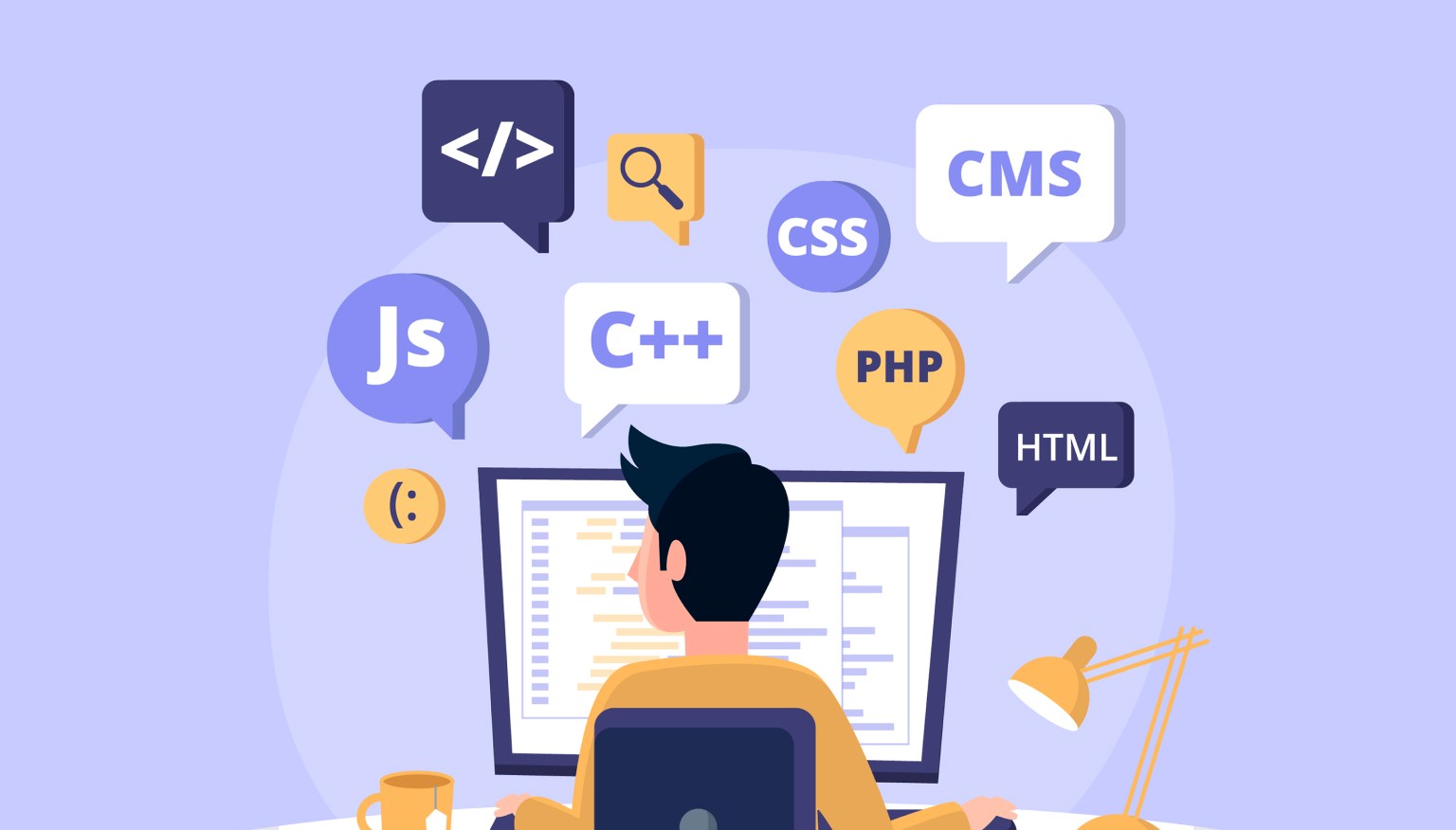A look at the top 10 programming languages
This comprehensive guide takes a look at the top 10 programming languages, detailing their unique features and applications.
A look at the top 10 programming languages
Deep exploration of the Python universe
Known for its ease of use, Python is a popular tool among professionals in various fields such as web development, scientific research, data analysis and more other. Being a high-level interpreted language, it provides a syntax that emphasizes human readability. The core philosophy of Python is to provide clarity in coding, resulting in clearer and concise expressions.
From the fields of artificial intelligence to big data, Python's flexibility makes it the best language in a variety of industries. Compatibility with multiple platforms allows developers to create a wide range of applications. Major technology companies such as Google, Facebook, and NASA have implemented Python into their operations. In the United States, Python developers can expect an average annual salary of around $110,000. Thus, acquiring Python skills can really pave the way for a successful career in the technology sector.
JavaScript: The Cornerstone of Web Innovation
JavaScript is synonymous with modern web development. Its capabilities extend far and wide, offering tools for creating dynamic web content such as animations, maps, videos, and other eye-catching elements. JavaScript's reputation as a flexible, high-level language makes it essential for creating interactive web applications.
In environments such as Node.js, JavaScript runs both on the client side and on the server side, increasing application reach. The emergence of frameworks such as Angular, React, Vue.js has further solidified its place in modern web development. According to special surveys, JavaScript has been the most popular language among developers for eight years in a row. The annual income of a JavaScript developer in the US is typically between $83,000 and $110,000, which makes it attractive to those who want to dive into the ever-evolving field of web development.
Java: Laying the foundation for fault-tolerant applications
Known for its object-oriented structure and class-based approach, Java is based on the “Write once, work anywhere” philosophy. This platform-independent attribute means that compiled Java code can run unchanged on any device that has a Java Virtual Machine (JVM).
Its applications extend to web development, mobile applications (especially Android) and large scale systems. Well-known companies such as Uber, Airbnb, Netflix use Java to power their technologies. The median annual salary in the US is around $104,000, which is why Java developers are in high demand.Learning Java skills can indeed be a wise decision for those who want to be successful in mobile or enterprise applications.

C#: Where Innovation Meets
C#, a modern object-oriented language developed by Microsoft, is primarily used to build Windows applications. It plays a critical role in the creation of desktop applications and games for Windows, primarily through the Unity game engine.
C# syncs seamlessly with the .NET platform, offering a rich class library to help you code efficiently. This language offers powerful programming features such as properties, events, indexers. Game developers often prefer C#, and surveys show that 34% of them choose it for its ease of use and high performance. With US annual salaries ranging from $66,000 to $101,000, switching to C# could be a transformation for anyone interested in the exciting field of game development.
Ruby: The Art of Elegant Simplicity
Admired for its sophisticated syntax, Ruby offers pleasant writing and easy reading. Newcomers to programming often find Ruby attractive because it allows you to create complex applications with less code.
Rails, a robust platform designed for Ruby, promotes clean coding practices and speeds up web application development. Because of its adaptability and rapid deployment, startups often choose Ruby on Rails. Well-known platforms such as Twitter, Airbnb, Hulu use Ruby for their applications. The average annual salary for a Ruby developer in the US is around $76,000. Choosing Ruby as your learning path can be a fun way to start your programming adventure, providing opportunities for fun as well as professional growth.
Swift: Shaping the Evolution of iOS Development
Swift, the brainchild of Apple, is carefully designed to develop apps for macOS, iOS, watchOS and tvOS. Known for its performance and security measures, Swift has quickly become the go-to development language in the Apple ecosystem.
Since its debut in 2014, continuous improvements to Swift have simplified its syntax, making the development process more productive. Being a statically typed language, it helps to detect bugs at an early stage, thereby improving the overall quality of the code. Swift developers in the US can expect an average annual salary of around $104,000. For those who want to be part of Apple's ever-expanding world, mastering Swift can be the key to countless opportunities.
C++: Combining Power with Efficiency
C++, an extended extension of the C language, is filled with object-oriented features.Known for its outstanding performance, C++ finds use in systems programming, game development, and tasks that require direct interaction with hardware.
Its extensive feature set positions C++ as the language of choice in sectors such as finance, healthcare, and telecommunications. Important applications such as Microsoft Windows, Google Chrome, and the rovers used C++. In the US, a C++ developer can earn an average annual salary of around $103,000. Gaining experience in C++ can be invaluable for those target sectors that prioritize performance and efficiency.
PHP: Powering Up the Internet Effortlessly
Recognized as a server-side scripting language, PHP is a common choice in web development. Its ability to embed in HTML allows developers to create dynamic web content and administer databases.
Major content management systems like WordPress, Joomla, Drupal rely heavily on PHP. Notably, about 79% of all websites using a well-known server-side language are powered by PHP. In the US, PHP developers can expect an annual income of around $84,000. Learning PHP opens the gate to the vibrant field of web development, allowing you to create rich online applications for users from all over the world.

R: Transforming Data into Knowledge
Designed specifically for statistical computing and graphical representation, R is a vital resource for statisticians, data scientists and researchers. It offers comprehensive tools for data analysis, machine learning, and visualization.
An extensive ecosystem of packages and an active community make R a powerful tool for statistical modeling. Large corporations and research institutions use R to extract information from complex datasets. In the US, an R programmer can earn an average salary of around $91,000 per year. If you're interested in navigating the data universe and transforming raw information into actionable wisdom, R offers a compelling path.
In Conclusion
The technology landscape is in constant flux, providing opportunities for those who seek to adapt and learn. These ten programming languages offer a variety of opportunities for both personal and professional growth. Whether you're passionate about building mobile apps, designing games, or deciphering information from data, there's always a language that fits your ambition exactly. Take the first step today, choose the language that suits your interests and open the door to a world full of endless possibilities.
















